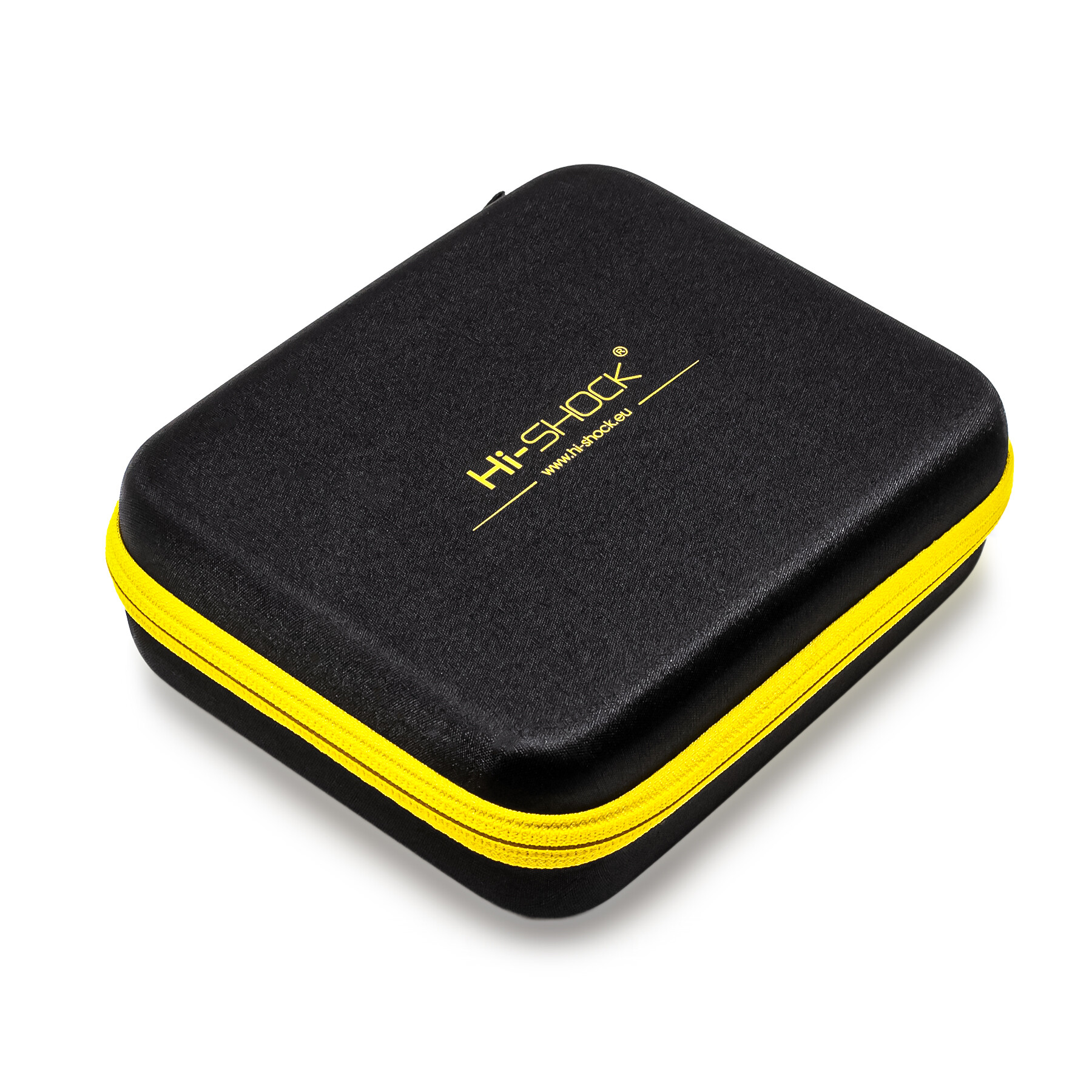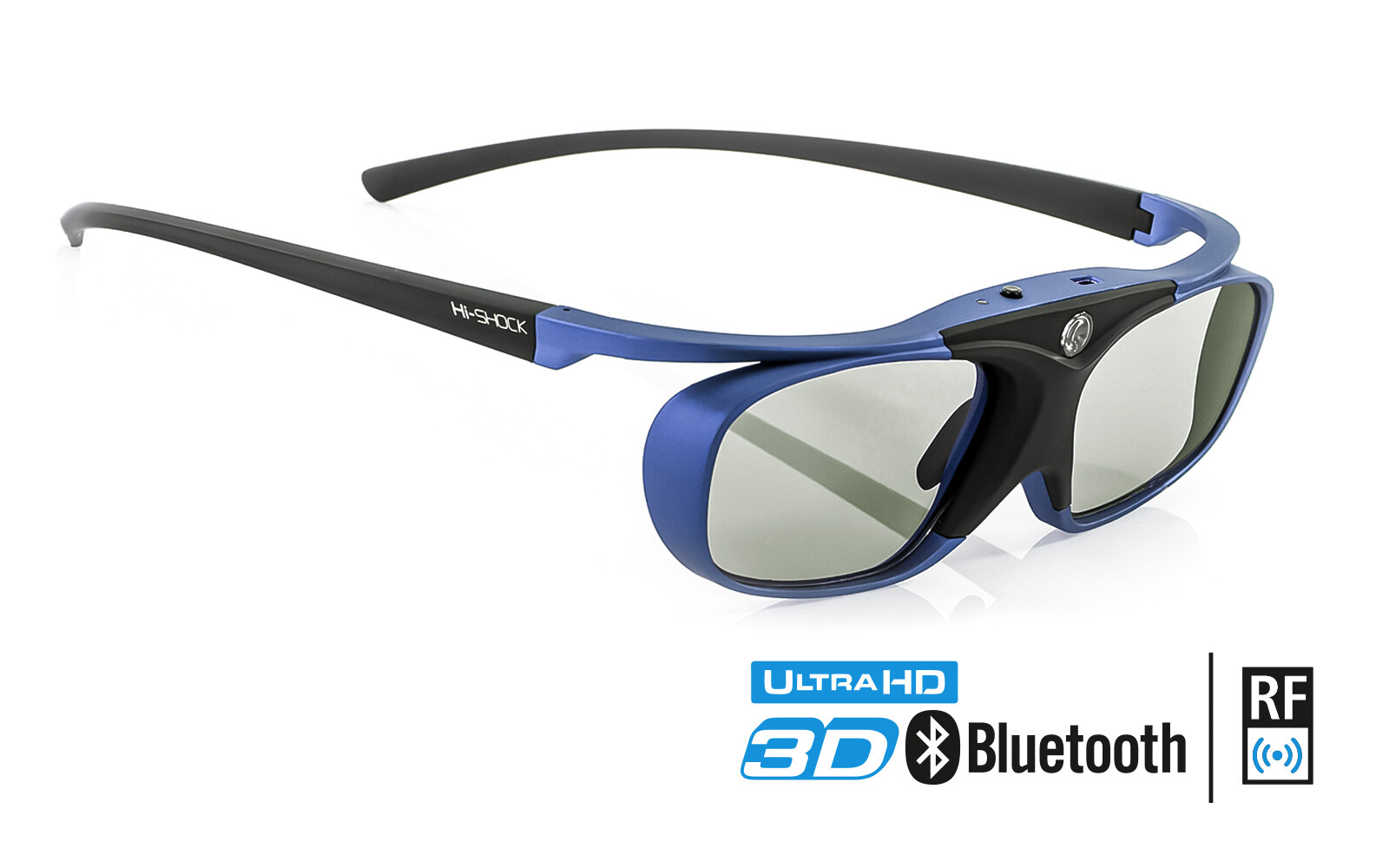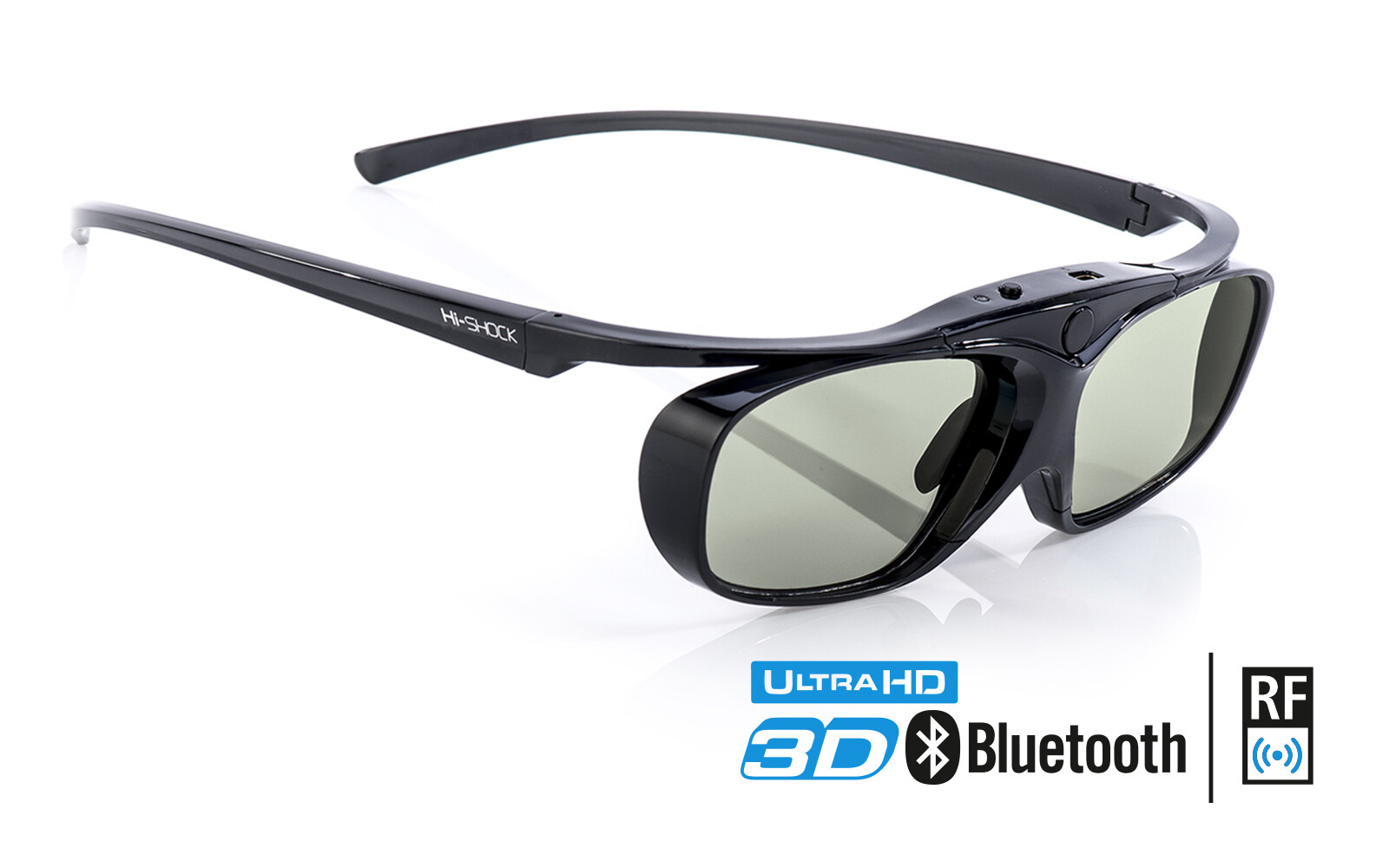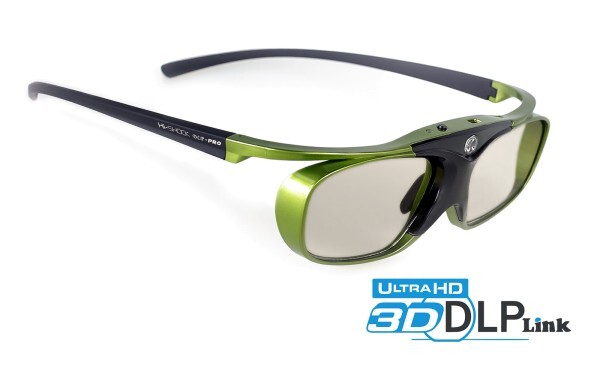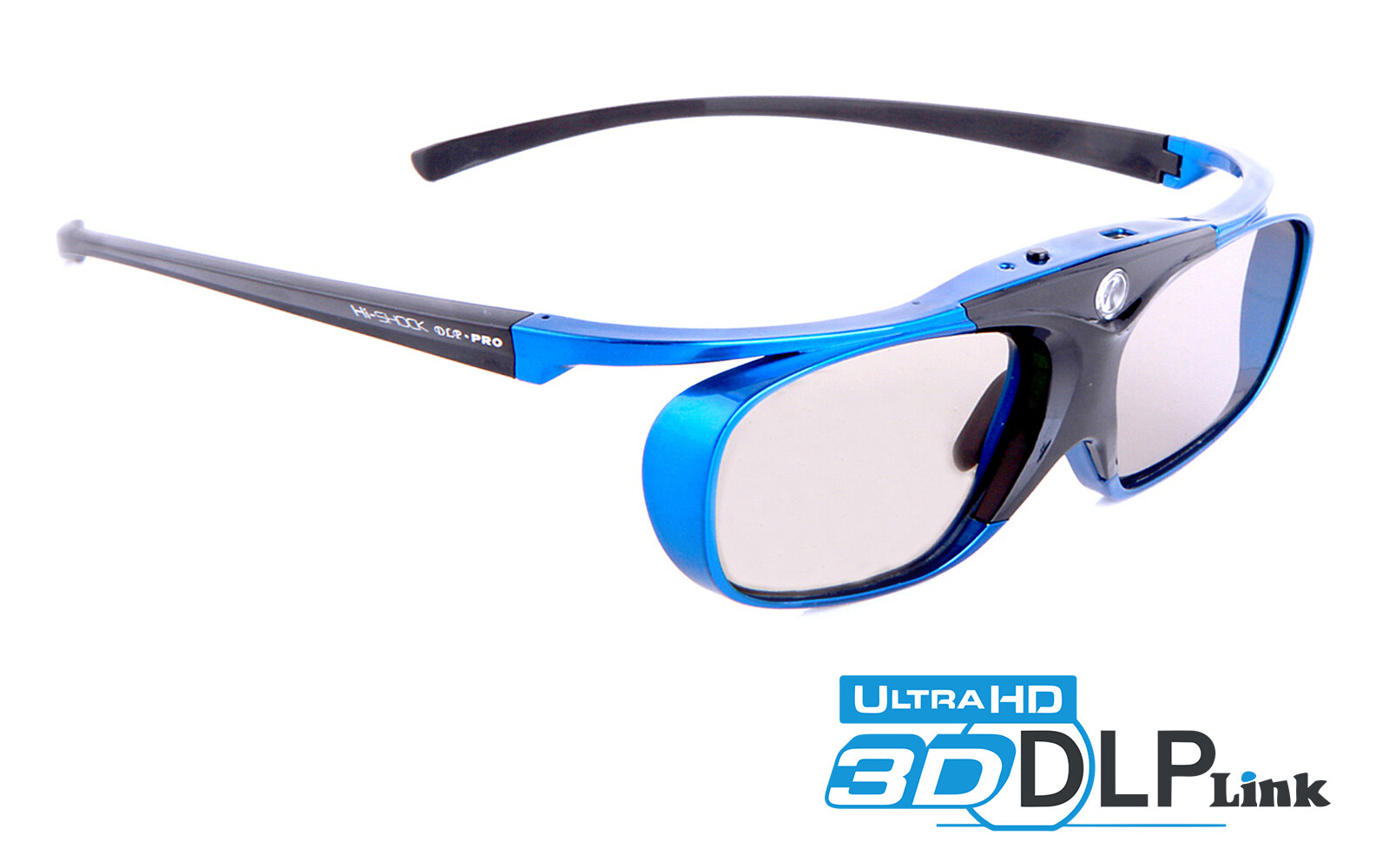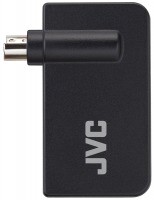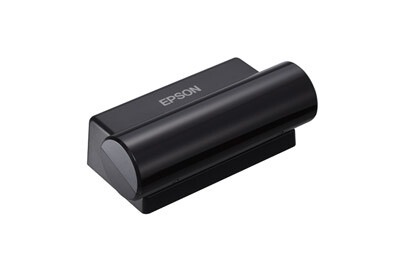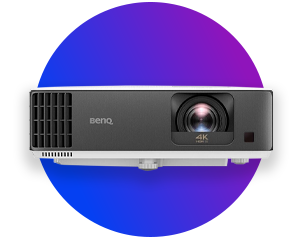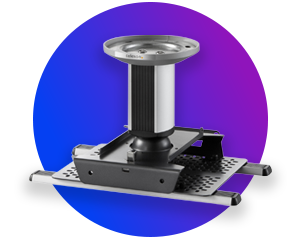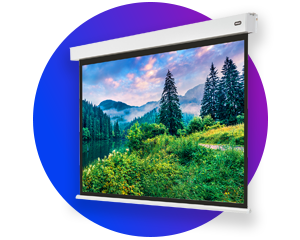Content
The battery life of active 3D glasses varies depending on the model and manufacturer, but is typically between 40 and 80 hours of continuous use. Modern models often have an intelligent switch-off function that automatically switches the glasses off after a few minutes of inactivity to save energy.
To ensure the longevity of your 3D glasses, you should treat them like normal glasses. Clean the lenses carefully with a soft microfibre cloth. Avoid aggressive cleaning agents or paper towels, as these could scratch the lenses. Store the glasses in a protective bag or case to prevent dust and damage.
In most cases, no. The 3D glasses used in cinemas are passive polarisation glasses. They work because the cinema screen displays the image with a special polarisation. However, most 3D televisions or projectors use a different technology - either active shutter glasses or another type of passive polarisation that is not compatible with cinema technology
Yes, in most cases this is possible without any problems. Many 3D glasses are designed so that they can be worn over normal glasses. When buying, look out for models that are specially optimised for spectacle wearers.
The connection depends on the type of 3D glasses:
- Active glasses (shutter glasses): These glasses need to be synchronised with the TV or projector. This is usually done wirelessly via Bluetooth or infrared. You simply switch on the glasses and follow the instructions on the screen of your device to establish the connection. With some models, it is sufficient to switch on the glasses while the 3D signal is active.
- Passive glasses (polarised glasses): No connection is necessary with this technology. As the glasses only filter light but have no electronics, you can simply put them on as soon as the 3D image appears on your TV



